St Mark's Church - The North Field Hunt
I was in Kingston, Ontario this week on business, and decided to hit a field I've had my eye on the past two years. The field is located on the north side of St. Mark's Churchyard, the field is not owned by the church anymore, but by the Canadian Department of National Defense or the 'DND' as the locals call it. The property was donated in 1842 to the village of Barriefield by a local British Naval Paymaster for the erection of a church. There's obviously been some military activity here over the years, as was evident by a number of my finds!

My first find was an 1837 Lower Canada Agriculture & Commerce Token, which is in rough shape. The soil here is a mixture of limestone and clay, which makes for a very acidic mixture. The brass ring was an interesting find, looks to have had a mother-of-pearl shell setting. The shell itself started to fall apart rather quickly while I was cleaning it!
 The ring was followed by a bronze horse buckle, a horse bell, and then the 1919 Canadian LC! The brass bullet casings I pulled from this site are too numerous to mention, though I did find a cool military button, which probably dates to WWII.
The ring was followed by a bronze horse buckle, a horse bell, and then the 1919 Canadian LC! The brass bullet casings I pulled from this site are too numerous to mention, though I did find a cool military button, which probably dates to WWII.

Here's a bit of history on the Village of Barriefield and St. Mark's Church.
Barriefield Village - c.1814
In 1814, at the height of the War of 1812, the Hon. Richard Cartwright, a local businessman, recognized an opportunity to the east of Kingston, adjacent to the Military Reserve. He divided into town lots the western hillside part of one of his Loyalist Grants, Lot 21 east of the Cataraqui River, and began to sell them. Soon occupied by officers, armourers, boat builders, butchers, coopers and masons from the nearby Naval Dockyard and Fort Henry, the settlement was named Barriefield in 1820 for Commodore Robert Barrie, Commissioner of the dockyard. The town site survey was based on a grid pattern of three streets running east and west and three north and south containing 2 waterfront industrial lots and 12 house lots ? a plan that is legible to this very day. Prior to the construction of the Cataraqui or Penny Bridge, people had to cross the harbour either by ferry or travel by road up to Kingston Mills in order to get from Kingston to Barriefield. This was a great inconvenience for the many civilian tradesmen who were employed daily at the Royal Navy Yard, currently the Royal Military College. The opening of the bridge in 1829 marked a significant improvement in Barriefield?s relation to Kingston and other points west of the village. By 1850 the hamlet had grown to include a church, school, store sawmill, several taverns, artisan shops, and about 60 homes. Barriefield is a unique example of a rural, early nineteenth-century village. As well as the church and its green, the village boasts significant cultural heritage landscapes buffering the narrow streets and alleys.
St. Mark's Anglican Church - c.1843
St Mark's is acknowledged as a Historical Site of Ontario and one of Kingston's finest examples of early architecture. Barriefield, once a hamlet for employees and families who worked at the Royal Naval Dockyard, is home to the limestone church, which is the second oldest Anglican Church in the city. The corner stone was laid in 1843 and fully built a year later. The once designated farmland on which it sits belonged to John Marks, who donated the land to the community so they could build it.
Thanks very much for looking and have a great Columbus Day long weekend!

Dave
I was in Kingston, Ontario this week on business, and decided to hit a field I've had my eye on the past two years. The field is located on the north side of St. Mark's Churchyard, the field is not owned by the church anymore, but by the Canadian Department of National Defense or the 'DND' as the locals call it. The property was donated in 1842 to the village of Barriefield by a local British Naval Paymaster for the erection of a church. There's obviously been some military activity here over the years, as was evident by a number of my finds!

My first find was an 1837 Lower Canada Agriculture & Commerce Token, which is in rough shape. The soil here is a mixture of limestone and clay, which makes for a very acidic mixture. The brass ring was an interesting find, looks to have had a mother-of-pearl shell setting. The shell itself started to fall apart rather quickly while I was cleaning it!


Here's a bit of history on the Village of Barriefield and St. Mark's Church.
Barriefield Village - c.1814
In 1814, at the height of the War of 1812, the Hon. Richard Cartwright, a local businessman, recognized an opportunity to the east of Kingston, adjacent to the Military Reserve. He divided into town lots the western hillside part of one of his Loyalist Grants, Lot 21 east of the Cataraqui River, and began to sell them. Soon occupied by officers, armourers, boat builders, butchers, coopers and masons from the nearby Naval Dockyard and Fort Henry, the settlement was named Barriefield in 1820 for Commodore Robert Barrie, Commissioner of the dockyard. The town site survey was based on a grid pattern of three streets running east and west and three north and south containing 2 waterfront industrial lots and 12 house lots ? a plan that is legible to this very day. Prior to the construction of the Cataraqui or Penny Bridge, people had to cross the harbour either by ferry or travel by road up to Kingston Mills in order to get from Kingston to Barriefield. This was a great inconvenience for the many civilian tradesmen who were employed daily at the Royal Navy Yard, currently the Royal Military College. The opening of the bridge in 1829 marked a significant improvement in Barriefield?s relation to Kingston and other points west of the village. By 1850 the hamlet had grown to include a church, school, store sawmill, several taverns, artisan shops, and about 60 homes. Barriefield is a unique example of a rural, early nineteenth-century village. As well as the church and its green, the village boasts significant cultural heritage landscapes buffering the narrow streets and alleys.
St. Mark's Anglican Church - c.1843
St Mark's is acknowledged as a Historical Site of Ontario and one of Kingston's finest examples of early architecture. Barriefield, once a hamlet for employees and families who worked at the Royal Naval Dockyard, is home to the limestone church, which is the second oldest Anglican Church in the city. The corner stone was laid in 1843 and fully built a year later. The once designated farmland on which it sits belonged to John Marks, who donated the land to the community so they could build it.
Thanks very much for looking and have a great Columbus Day long weekend!

Dave
Amazon Forum Fav 👍
Attachments
-
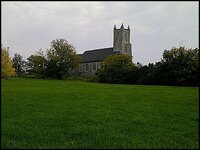 St. Mark's Church c1843 001.jpg68.7 KB · Views: 100
St. Mark's Church c1843 001.jpg68.7 KB · Views: 100 -
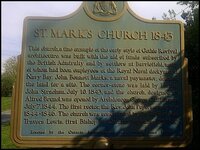 St. Mark's Church c1843 002.jpg75.7 KB · Views: 131
St. Mark's Church c1843 002.jpg75.7 KB · Views: 131 -
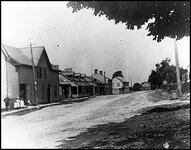 Barriefield 1910.jpg63.1 KB · Views: 96
Barriefield 1910.jpg63.1 KB · Views: 96 -
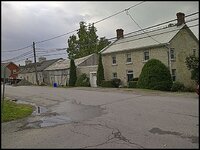 Barriefield 001.jpg80.4 KB · Views: 106
Barriefield 001.jpg80.4 KB · Views: 106 -
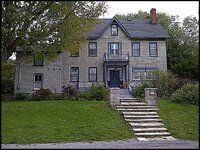 Barriefield 002.jpg114.8 KB · Views: 110
Barriefield 002.jpg114.8 KB · Views: 110 -
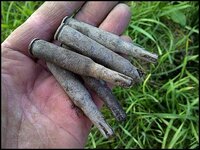 IMG-20121005-00980.jpg82.7 KB · Views: 104
IMG-20121005-00980.jpg82.7 KB · Views: 104 -
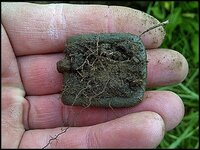 IMG-20121005-00979.jpg92 KB · Views: 108
IMG-20121005-00979.jpg92 KB · Views: 108 -
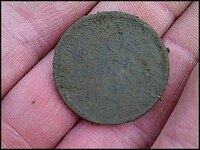 IMG-20121004-00971.jpg80.5 KB · Views: 118
IMG-20121004-00971.jpg80.5 KB · Views: 118 -
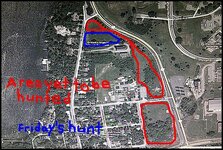 Barriefield Map.jpg108.1 KB · Views: 124
Barriefield Map.jpg108.1 KB · Views: 124 -
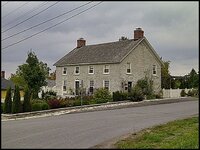 Barriefield 003.jpg82.3 KB · Views: 111
Barriefield 003.jpg82.3 KB · Views: 111 -
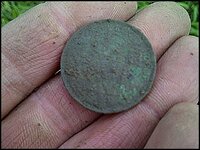 IMG-20121005-00992.jpg75.1 KB · Views: 102
IMG-20121005-00992.jpg75.1 KB · Views: 102 -
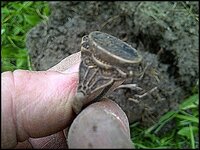 IMG-20121005-00991.jpg83.6 KB · Views: 120
IMG-20121005-00991.jpg83.6 KB · Views: 120 -
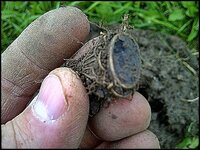 IMG-20121005-00990.jpg94.9 KB · Views: 111
IMG-20121005-00990.jpg94.9 KB · Views: 111 -
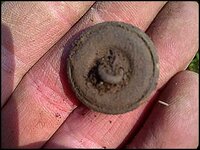 IMG-20121005-00982.jpg81.7 KB · Views: 110
IMG-20121005-00982.jpg81.7 KB · Views: 110 -
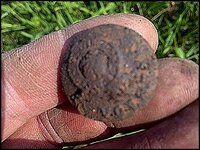 IMG-20121005-00981.jpg88 KB · Views: 110
IMG-20121005-00981.jpg88 KB · Views: 110 -
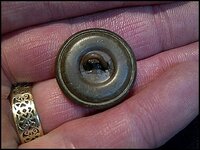 IMG-20121005-01002.jpg66.6 KB · Views: 111
IMG-20121005-01002.jpg66.6 KB · Views: 111 -
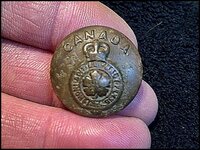 IMG-20121005-01001.jpg93 KB · Views: 106
IMG-20121005-01001.jpg93 KB · Views: 106 -
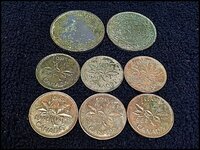 IMG-20121005-00997.jpg101 KB · Views: 110
IMG-20121005-00997.jpg101 KB · Views: 110 -
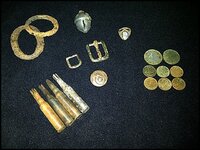 IMG-20121005-00994.jpg91.4 KB · Views: 108
IMG-20121005-00994.jpg91.4 KB · Views: 108 -
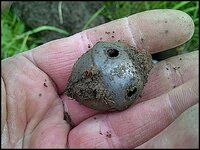 IMG-20121005-00989.jpg86.2 KB · Views: 104
IMG-20121005-00989.jpg86.2 KB · Views: 104 -
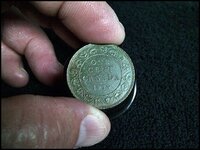 IMG-20121005-01004.jpg60.5 KB · Views: 100
IMG-20121005-01004.jpg60.5 KB · Views: 100 -
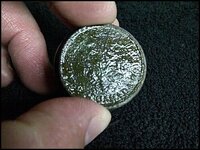 IMG-20121005-01011.jpg78.5 KB · Views: 109
IMG-20121005-01011.jpg78.5 KB · Views: 109 -
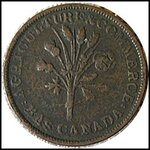 1837 Lower Canada Token 002.jpg31.3 KB · Views: 106
1837 Lower Canada Token 002.jpg31.3 KB · Views: 106 -
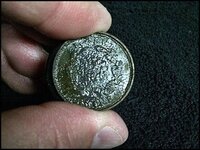 IMG-20121005-01013.jpg81.6 KB · Views: 105
IMG-20121005-01013.jpg81.6 KB · Views: 105 -
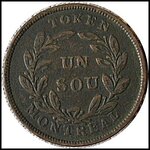 1837 Lower Canada Token 001.jpg35.8 KB · Views: 110
1837 Lower Canada Token 001.jpg35.8 KB · Views: 110
Last edited:
Upvote
5





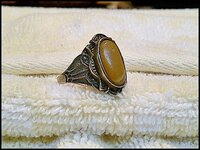
 CMD
CMD

